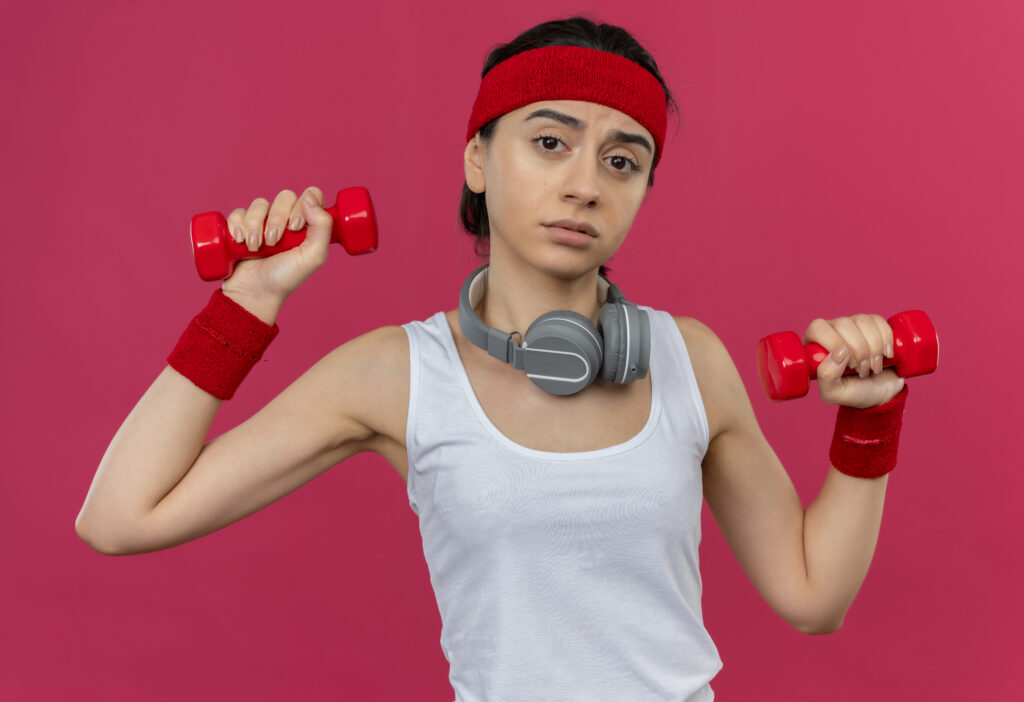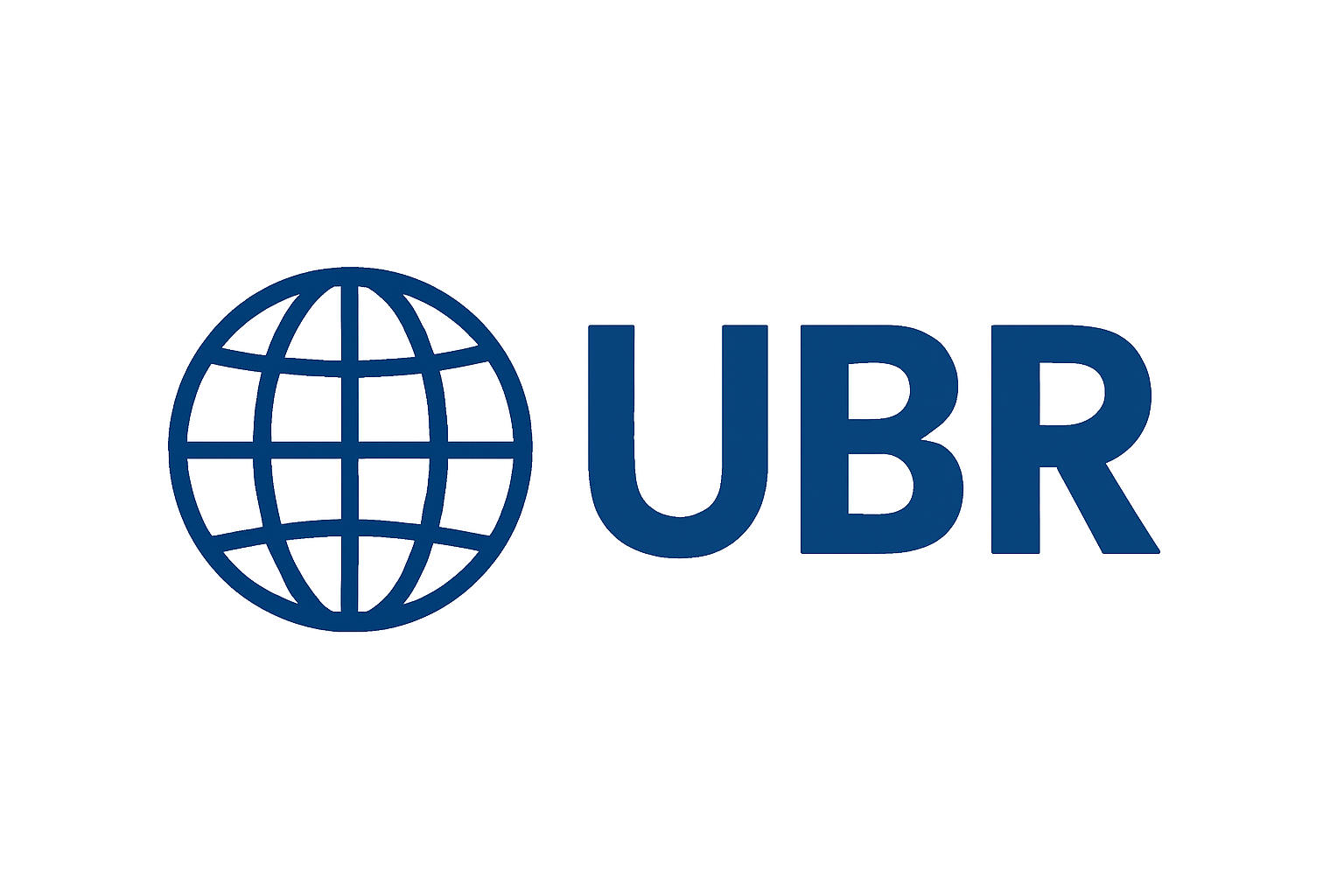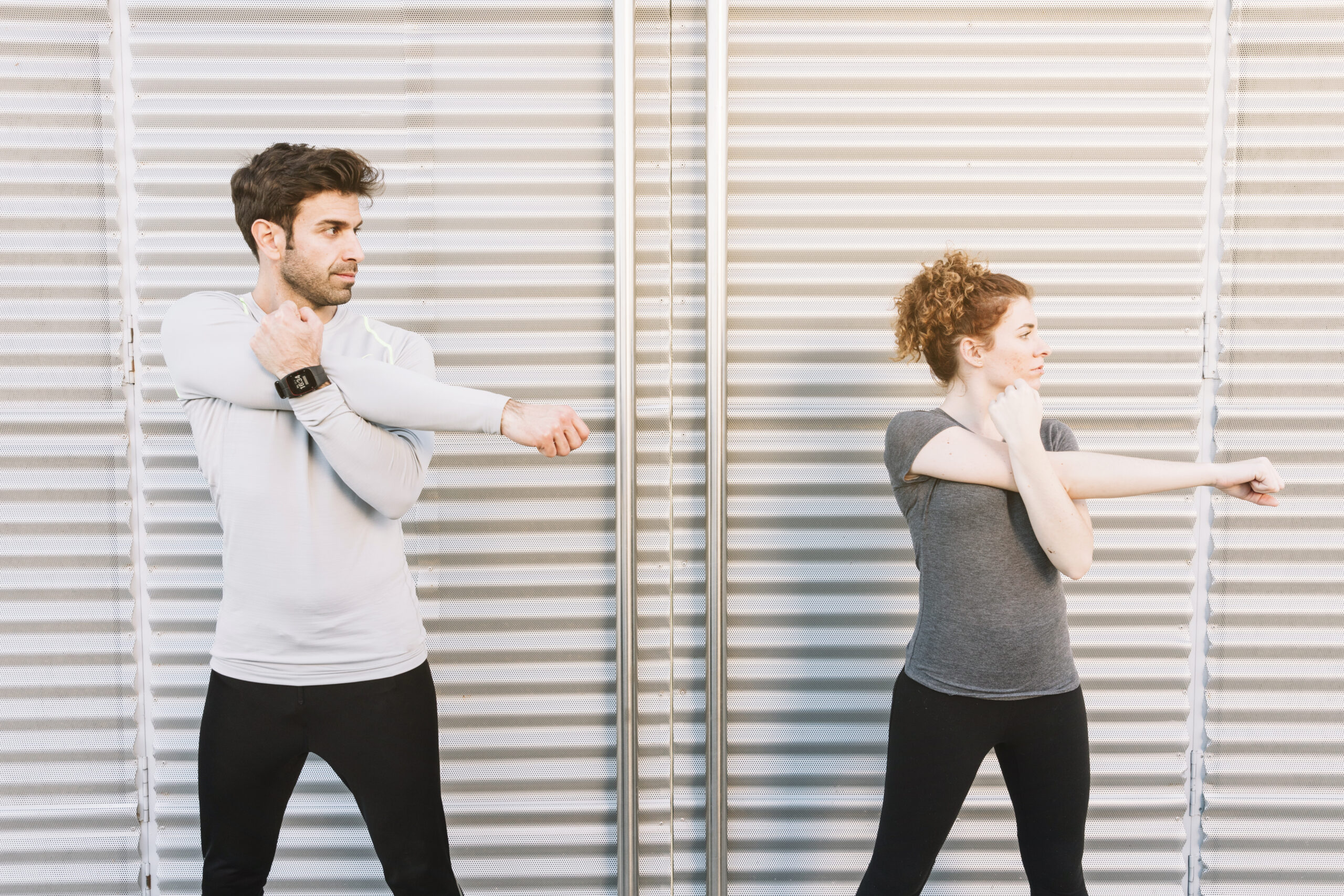Body movement terminology can be tricky, especially when it comes to terms like abduction and adduction. While they may sound similar and even look alike when written, these two movements are quite different from one another. Understanding the key differences between them not only helps you perform exercises correctly but also enables you to tailor your workouts for better results.
If you’ve ever lifted your leg out to the side or brought your arms closer together, you’ve likely used these movements. Knowing what they are and how they work can help you become more efficient in your training routine and improve both balance and strength. Let’s break down the specifics of abduction vs. adduction, explore the muscles involved, and highlight some effective exercises for each.
What is Abduction?

Abduction refers to the movement of a limb away from the body’s midline. If you imagine a line running from the top of your head to the floor, down the center of your body, any movement that takes a body part away from that line is called abduction.
Examples of Abduction Movements:
- Lifting your arms out to the sides
- Spreading your fingers or toes apart
- Moving your leg out to the side (such as during a side leg raise)
- Pulling your toes apart
Abduction makes your body appear wider, as you are moving away from your central axis. This movement is controlled by muscles designed to pull parts of the body outward.
Muscles Involved in Abduction:
- Deltoids (shoulders)
- Gluteus medius and gluteus minimus (hips)
- Sartorius (legs)
- Dorsal interossei (hands)
Abduction exercises are frequently included in strength training and rehabilitation routines. They help build stability in key areas, particularly in the hips and shoulders.
What is Adduction?

On the other hand, adduction is the opposite of abduction. It refers to the movement of a limb towards the midline of your body. When your arms come down to your sides or your legs come back together, that’s adduction.
Examples of Adduction Movements:
- Lowering your arms back down to your sides after raising them
- Bringing your legs together while lying down
- Squeezing your thighs together
- Bringing your fingers closer together
Adduction is about making your body more narrow, drawing parts of your body toward your center. This movement works different muscles than abduction.
Muscles Involved in Adduction:
- Pectoralis major (chest)
- Adductor group (inner thigh muscles)
- Latissimus dorsi (back)
- Palmar interossei (hands)
These muscles play a key role in controlling and stabilizing your body, especially during movements that require inward force or balance.
Real-Life Examples of Abduction and Adduction

To make the distinction easier, think of common daily movements:
- Shoulder Movement:
- Abduction: Lifting your arms sideways to hang laundry.
- Adduction: Bringing your arms back down to your sides.
- Leg Movement:
- Abduction: Lifting one leg out to the side while standing.
- Adduction: Bringing that leg back underneath your body.
- Fingers and Toes:
- Abduction: Spreading your fingers or toes wide.
- Adduction: Bringing them together.
Why These Movements Matter in Fitness

Knowing the difference between abduction and adduction is essential for creating a balanced workout routine. These movements target different areas of the body, so incorporating both into your training can help prevent muscle imbalances. Here’s how each movement impacts specific muscle groups:
- For the hips and legs:
- Abduction strengthens the outer hips, including the glutes.
- Adduction targets the inner thighs, improving thigh strength and control.
- For shoulders and arms:
- Abduction works the sides of your shoulders.
- Adduction engages your chest and upper back.
If you neglect either movement in your workouts, it could lead to muscle imbalances that may result in poor posture or injury. Therefore, it’s important to train both types of movements regularly.
Popular Abduction Exercises
If you’re looking to improve your abduction strength, here are some effective exercises:
- Standing Leg Abduction
Stand tall, holding onto a chair or wall for balance. Slowly lift one leg out to the side, pause at the top, and then lower back down.
Targets: Glutes, outer hips
Reps: 10–15 per side - Side-Lying Leg Raises
Lie on your side, keeping your bottom leg bent and top leg straight. Lift your top leg upward, pause, then lower slowly.
Targets: Gluteus medius
Reps: 10–15 per leg - Resistance Band Side Steps
Place a resistance band around your ankles or just above your knees. Get into a half-squat and step sideways, then bring the other foot in.
Targets: Glutes, thighs
Reps: 10 steps in each direction - Lateral Arm Raises
Hold light dumbbells, stand tall, and raise your arms out to the sides until they’re at shoulder level.
Targets: Deltoids
Reps: 12–15 reps
These exercises are great for building strength in the outer muscles and improving balance.
Popular Adduction Exercises
To strengthen the muscles involved in adduction, try these moves:
- Standing Leg Crossovers
Stand tall and lift one leg forward and across your body. Return to the starting position and repeat.
Targets: Inner thighs
Reps: 10–12 per side - Side-Lying Ball Squeeze
Lie on your back with a small ball between your knees. Squeeze the ball and hold, then release.
Targets: Adductors
Reps: 12–15 squeezes - Cable Hip Adduction (Gym)
Using the cable machine, pull the leg across your body.
Targets: Inner thighs
Reps: 10–12 per side - Chest Fly (Dumbbell or Machine)
Open your arms wide on a bench or machine and then bring them together, like hugging a tree.
Targets: Chest muscles
Reps: 10–12 reps
These adduction exercises help strengthen the inner thighs, chest, and upper back.
Common Imbalances to Watch For

Sometimes, one side of your body may become stronger than the other, leading to imbalances. Here are some signs to look out for:
- Abduction weakness: Knees collapsing inward during squats, wobbly side steps, poor single-leg balance.
- Adduction weakness: Trouble keeping knees together, weak inner thighs, poor core control during exercises like bridges or planks.
Addressing these imbalances with targeted exercises can help you improve stability and overall strength.
Both abduction and adduction are essential for building balanced strength and preventing injuries. Including exercises for both movements in your workout routine can help you improve mobility, strength, and posture. Whether you focus on outer hip strength or inner thigh control, targeting both movements will lead to better overall fitness and stability.
Train both movements, listen to your body, and stay consistent with your workouts to see the best results.







